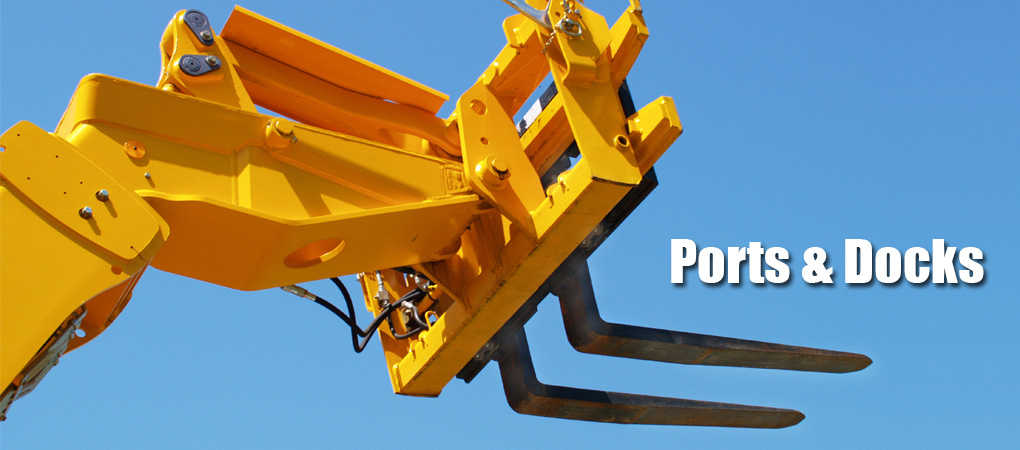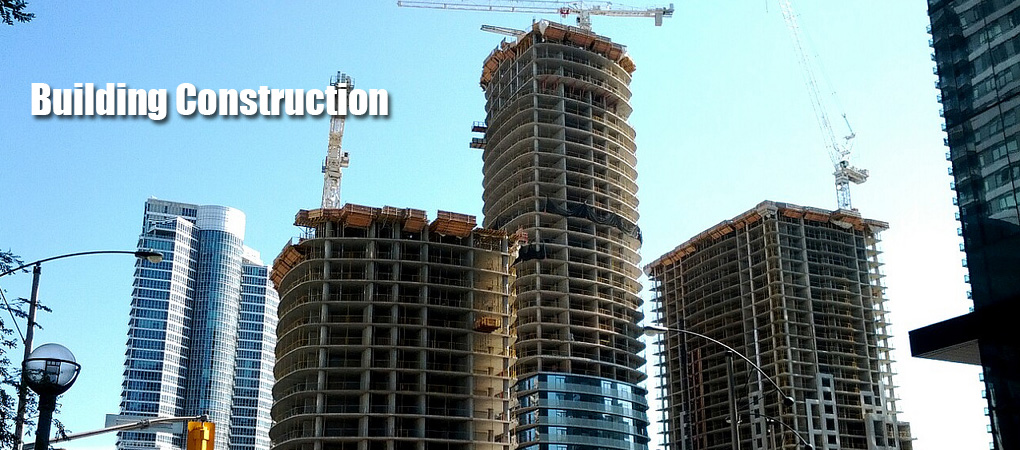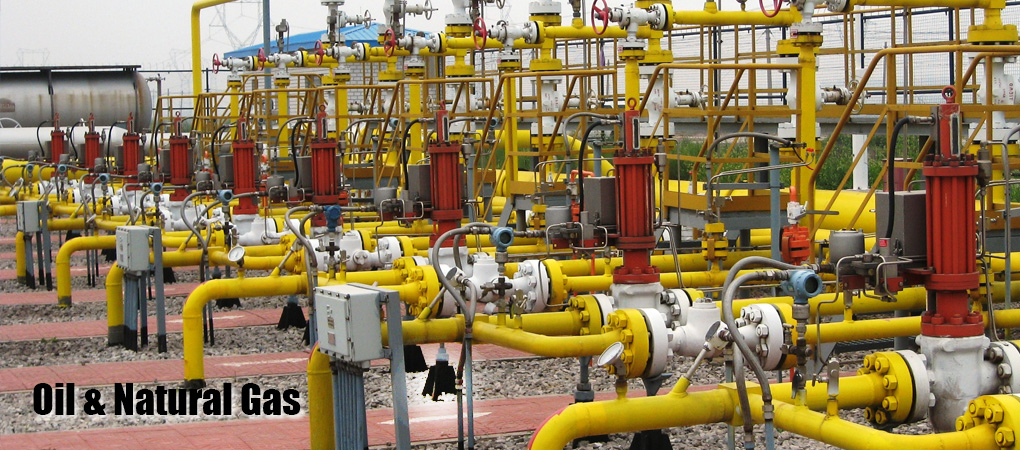Glo-Prolek Rust Converter
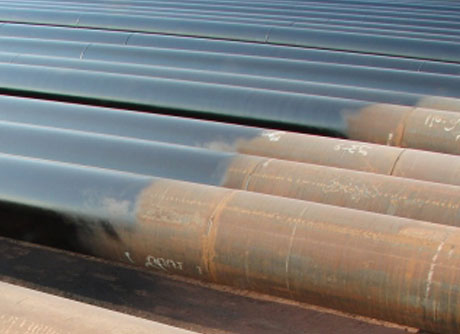 Rusting of iron has been an age-old problem. Iron loses strength due to rusting. Iron can combine with oxygen and moisture to form a variety of oxides depending upon the conditions of exposure. The initially formed ferric hydroxide Fe(OH)3 undergoes various
changes during the process of corrosion and forms magnetite Fe304 or ferrosso ferric oxide, a stable compound, which does not readily change on further exposure. This is called RUST. However, this temporary stability is gone when the loose rust begins to flake away, exposing the inner surface to further process of rusting and so on.
Rusting of iron has been an age-old problem. Iron loses strength due to rusting. Iron can combine with oxygen and moisture to form a variety of oxides depending upon the conditions of exposure. The initially formed ferric hydroxide Fe(OH)3 undergoes various
changes during the process of corrosion and forms magnetite Fe304 or ferrosso ferric oxide, a stable compound, which does not readily change on further exposure. This is called RUST. However, this temporary stability is gone when the loose rust begins to flake away, exposing the inner surface to further process of rusting and so on.
Glo-Prolek Rust Converter Primer - Chemistry at its best
Glo-Prolek Rust Converter Primer (GPHC) is a revolutionary, hi-tech product that reverses the process of rusting. GPRC with its reactive VX-polymer converts rust into a stable metal complex and attains a passivated state without losing the strength of the metal, in essence it is an encapsulation process.
The lighter coloured GPRC, when applied on the surface of the metal changes to a dark blackish coloured protective coating film. This marks the END OF RUSTING OR CORROSION of the metal surface. GPRC is an insulative polymer. GPRC is also a water-based’ system and it is non-flammable and non-toxic.
Glo-Prolek Rust Converter Primer is
- Non-Flammable
- No Health Hazard
- Non-Toxic
Problems of metal corrosion
- Damage to plant, equipment, structures, etc.
- Reduction in their operational life and value
- Costly repairs and cumbersome maintenance
- Unexpected interruption to work

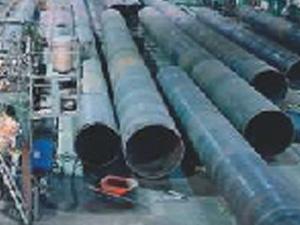
The Unbeatable Advantages of Glo-Protek Rust Converter Primer
- Simple Application : GPRC can be applied either using a brush, a roller, by dip method or simply by spraying on. GPRC also accepts various types of top-coats and paints.
- Quick and Easy : Surface preparation is simple and requires removing only the loose rust, since the adherent rust automatically gets converted into a polymer complex compound when the protective film is formed on the metal surface in a few minutes
- 10-times greater life at no extra cost (Even more for the Marine Grade GPRC) : To begin with, GPRC Industrial Grade gives you 10-times greater life at marginal or no extra cost over conventional alternatives. What’s more, GPRC Marine Grade offers even greater protection. (Please refer to Table-1).
- GPRC beats EPOXY or Conventional Primers by a very wide margin : GPRC coated steel reinforcement in R.C.C. provides the highest pull-out strength, matching the raw pull-out strength of uncoated bars, whereas EPOXY puts up a poor show by greatly reducing the puII-out strength. (Please refertoTable-2)
- Saves labour-cost by more than 50% : GPRC does not require the different elaborate steps of surface preparation of the corroded metal, through sand-blasting, phosphating and red-oxide coating.
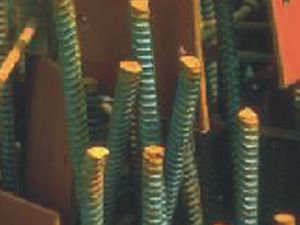
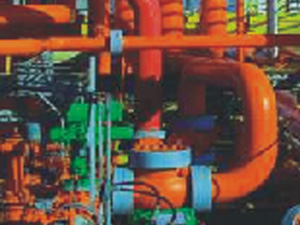
Method of Application
- Surface preparation is the most important step before application to get results and avoid failure.
- Remove loose rust scales, flaking rust, old paint and dirt from the corroded metal surface with the use of wire, brush, etc. However, there is no need to remove all the traces of rust, since the adherent rust is automatically converted into polymer complex compound with GPRC. GPRC also does not require different steps of preparation of the metal surface like sandblasting, phosphating or red-oxide coating.
- While applying make sure that sufficient amount of solution is used, as the success or failure of such treatment depends on this factor.
- Apply GPRC with a brush, a roller, by dip method or simply by spraying on. Apply two uniform coats of GPRC at 30 to 60 minutes interval and allow it to dry to get minimum DFT of 35/60 micron. GPRC is light pink or light grey when applied. Complete protection is achieved within minutes when a blackish to brown protective film is formed on the metal surface. Where the rust is more it appears more brownish and where the rust is less it appears more blackish. Now apply appropriate top coat. GPRC accepts all types of top-coats.
- Do not transfer the left-over portion of GPRC back into the original container, so as to prevent contamination of the unused product.
- Do not apply on metals below 5°C and above 50°C.
- GPRC is a ‘Base’ Coat and it requires a top coat.
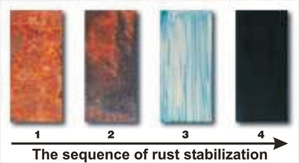
Problems of surface corrosion in Epoxy-coated rebars have been reported worldwide
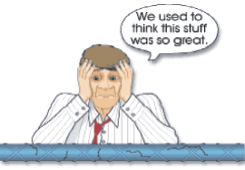

EPOXY cannot match the very high pull-out strength provided by GPRC
Epoxy does more harm than good by greatly reducing the pull-out strength of the reinforcement bars in concrete (A. C. C.) In comparison, note that GPRC matches the raw pull-out strength of uncoated bars without compromise - a great advantage for GPRC, which Epoxy cannot match.
GPRC offers the greatest Pull-out Strength (Table 2)
| Reinforcement bars in R.C.C. | Size of Concrete Cylinders | Length of Embedment | Pull-out Strength |
|---|---|---|---|
| Uncoated Bar (for Reference) | 150 mm Dia. 300 mm ht | 250 mm | 7.4 Ton |
| GPRC Coated Bar | - do - | - do - | 7.1 Ton |
| Epoxy / Enamel Coated Bar | - do - | - do - | 2 - 2.25 Ton |
- GPRC does not require 100% rust-free surface for coating, as reacts with the residual rust and stabilizes it, there by ending the process of corrosion.
- GPRC is a “VX” polymer-based system that provides strong bond and flexible coat that does not crack during transportation.
- GPRC withstands mild acids and alkalis, hence no carbonizing due to the presence of sulphate ions.
- GPRC doesn’t crack in the presence of chloride ions, which are present in concrete.
- GPRC is a reactive polymer and hence air permeability is zero, so corrosion does not spread.
- GPRC can be applied at site.
GPRC offers the greatest Pull-out Strength (Table 1)
| Surface Treatment | Coverage/Kg (Approx.) | Salt Spray Test (Durability) |
|---|---|---|
| Red Oxide | 45 Sq. Ft. | 30 Hrs. |
| Enamel / Epoxy | 55 Sq. Ft. | 90 - 150 Hrs. |
| GPRC-Industrial Grade | 100-125 Sq. Ft. | 300+ Hrs. |
| GPRC-Marine Grade | 100-125 Sq. Ft. | 500+ Hrs. |
Application Areas
- Industrial Fabrication
- Machinery & Equipment Manufacturing
- Building Construction - RCC Structures, Steel Rebars, Coating, Structure, Panel, Grills, Gates, etc.
- Ports & Docks - Dry docking, Jetty, Conveyor belts, Cranes, Pipelines, etc.
- Shipping Industry - Ship Builders, Ship repairs, Containers, etc.
- Automobile Industry - Body, Spare parts, Ancillary Units, Structures, etc.
- Locomotive and Railways - Wagons, Bogies, Coaches, Tracks, Clips, Tankers, Cattle Carrier, Over Head Structures, Engines, etc.
- Installation of Petroleum and Petrochemical Industries
- Oil & Natural Gas Installations - Pipelines, Offshore Platforms, Open Structures, etc.
Practically all types of industries where the problem of rusting of Iron is present
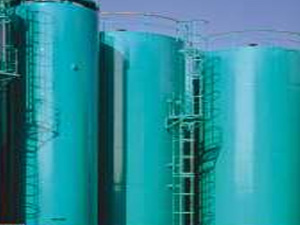
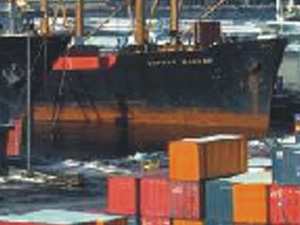
Problems of sandblasting vs. the convenience of GPRC
Rusted and soiled surfaces require cleaning prior to any surface treatment or coating applications. Using sandblasting as a means of surface preparation has several disadvantages as follows:
Sandblasting and deadly ‘Silicosis’
Silicosis is a severe medical condition involving lungs. Sandblasting produces so much fine dust that literally chokes up lungs, causing silicosis in humans. Accumulation of dust particles in lungs results in the development of fibrotic nodules. Silicosis causes severe breathing problems and may even lead to death. Silicosis victims are also at high risk of developing active tuberculosis.
GPRC system — NO SANDBLASTING REQUIRED
A) Sandblasting has practical limitations
In order to be fully effective, sandblasting requires every square inch in every bend and corner to be thoroughly cleaned, which is practically impossible. Compare this with GPRC, which is applied by brush. The self-spreading properties of GPRC ensure that every bend and corner gets covered smoothly and effectively.
B) Sandblasting is tedious
Sandblasting is labor-intensive and cumbersome. It requires constant setting up and shifting of sandblasting equipment from site to site, whereas GPRC can be sprayed or painted with brush without requiring any special equipment.
C) Sand blasting damages your nearby assets
Sandblasting forcefully throws up dust all around, chocking up nearby equipment. So, your equipment is damaged and also you have to spend money on post-operative cleanups. No such issues with GPRC.
GPRC makes economic sense
As you can add up from the above, the true cost of sandblasting is much more than what appears on paper. Even at this higher cost, sandblasting is not fully effective. Whereas, GPRC is a clear winner all the way!
Welcome GPRC - Good-bye Sandblasting
With the arrival of hi-tech GPRC system on the scene, old technology like sandblasting seems like a forgotten memory of past. No need to spend more money on hazardous and cumbersome sandblasting. Now you can have up to 55% cost savings simply by choosing GPRC system, which is clean, trouble- free, cost-effective and non- hazardous.
Technical Data of GPRC
| Appearance | Light pastel colour |
|---|---|
| Specific Gravity | 1.02gm/cc, pH value between 6-7 (Neutral) |
| Scratch Test | Above 1000 gms. (Sharp needle placed on the GPRC-coated plate cannot tear the film) as per IS 1351 5:1992 |
| Fire Hazard | GPRC is a water-based system and hence non-inflammable. The film is fire-retardant |
| Toxicity | Non-toxic, non-hazardous |
| Adhesion Test with Base Coat | Approved by international DNV standard and UDCT as per IS 13515:1992 |
| Adhesion Test of Top Coat(Enamel or Epoxy) | Approved by international DNV standard UDCT as per IS 13515:1992 |
| Storage | Store between 5°C and 50°C, protect from freezing. Contents may separate during storage. Shake and stir well before use. |
| Shelf-life | 1 years |
| Area of Coverage | 100-125 Sq. ft./kg with double coat and film thickness of 45-60 micron (Dry-film thickness) |
| Thinner | Water. Direct use is recommended. |
| Application | GPRC should not be applied to cold metal temperature below 5°C or hot metal above 50°C. When dry, hard GPRC will with stand temperatures up to 200°C. |
| Drying Time | Touch-dry in 30 to 60 minutes. |
| Bond Strength | The film does not interfere with the bond strength between concrete and steel in RCC. (Approved by VJTI, Mumbai) |
| Salt Spray Test | GPRC (Marine Grade): 720 hrs., no rust. Approved by DNV and UDCT. Also passes ASTM B-i 17.500 hrs. GPHC (Industrial Grade):300+ hrs., no rust. |
| Chemical Resistance | Resistance to acids and alkalis in moderate concentrations. |

